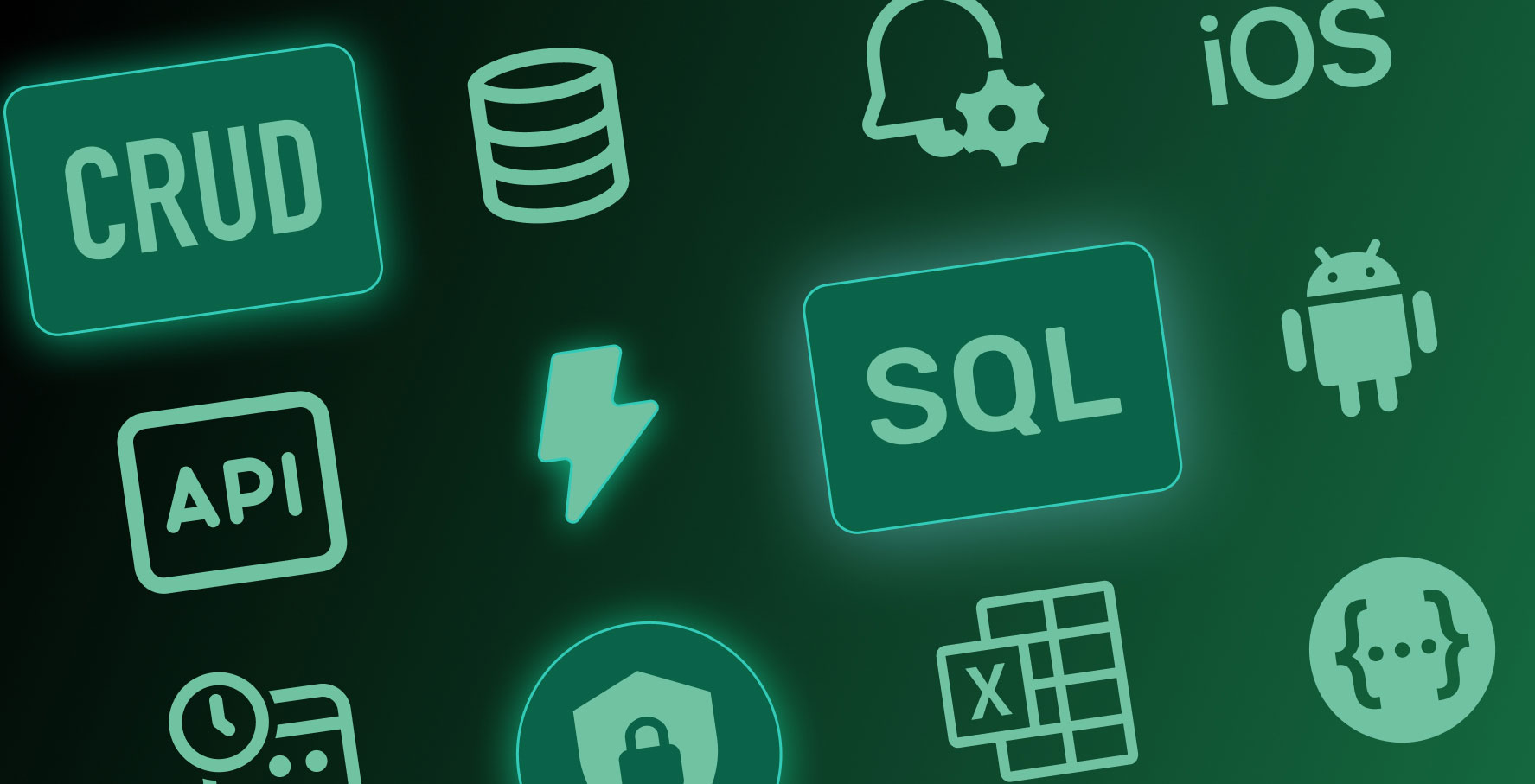Screen Display Types
About this lesson
In an application you develop in Kuika, the Navigate action is used to provide transitions between screens. While the Navigate action allows you to switch from one screen to another screen, it leaves the transition method, that is, the way the screen opens, to your choice.
So what are these screen opening formats? Let's look at the details together.
If you want to open a new screen on the screen open in the current tab, you can use the Current Screen method.
You can choose the New Tab option to open another screen in a new tab in your browser. This method will allow users to open a new screen completely independent of their current screen.
The drawer is ideal if you want to open another screen as a window on the currently open screen. Drawers slide open from the right, left, top, or bottom edge of the screen and become visible within the screen. This method offers the user additional content without interrupting the use of the current screen.
Finally, the Modal or Pop-up method opens an auxiliary window in the center of the open screen, with a size of your choice. This window can be used to present important information to the user, to get approval, or to collect additional inputs. Modal / Pop-up is an effective way to focus the user's attention on a specific action or information.
These methods have been developed to optimize in-app navigation and enhance the user experience. Each of them offers flexibility according to different user needs and scenarios.
Heading 1
Heading 2
Heading 3
Heading 4
Heading 5
Heading 6
Lorem ipsum dolor sit amet, consectetur adipiscing elit, sed do eiusmod tempor incididunt ut labore et dolore magna aliqua. Ut enim ad minim veniam, quis nostrud exercitation ullamco laboris nisi ut aliquip ex ea commodo consequat. Duis aute irure dolor in reprehenderit in voluptate velit esse cillum dolore eu fugiat nulla pariatur.
Block quote
Ordered list
- Item 1
- Item 2
- Item 3
Unordered list
- Item A
- Item B
- Item C
Bold text
Emphasis
Superscript
Subscript
In an application you develop in Kuika, the Navigate action is used to provide transitions between screens. While the Navigate action allows you to switch from one screen to another screen, it leaves the transition method, that is, the way the screen opens, to your choice.
So what are these screen opening formats? Let's look at the details together.
If you want to open a new screen on the screen open in the current tab, you can use the Current Screen method.
You can choose the New Tab option to open another screen in a new tab in your browser. This method will allow users to open a new screen completely independent of their current screen.
The drawer is ideal if you want to open another screen as a window on the currently open screen. Drawers slide open from the right, left, top, or bottom edge of the screen and become visible within the screen. This method offers the user additional content without interrupting the use of the current screen.
Finally, the Modal or Pop-up method opens an auxiliary window in the center of the open screen, with a size of your choice. This window can be used to present important information to the user, to get approval, or to collect additional inputs. Modal / Pop-up is an effective way to focus the user's attention on a specific action or information.
These methods have been developed to optimize in-app navigation and enhance the user experience. Each of them offers flexibility according to different user needs and scenarios.
We are transitioning to a new user interface on the Kuika Platform and updating our Kuika Academy courses and videos as soon as possible.
In an application you develop in Kuika, the Navigate action is used to provide transitions between screens. While the Navigate action allows you to switch from one screen to another screen, it leaves the transition method, that is, the way the screen opens, to your choice.
In an application you develop in Kuika, the Navigate action is used to provide transitions between screens. While the Navigate action allows you to switch from one screen to another screen, it leaves the transition method, that is, the way the screen opens, to your choice.
So what are these screen opening formats? Let's look at the details together.
If you want to open a new screen on the screen open in the current tab, you can use the Current Screen method.
You can choose the New Tab option to open another screen in a new tab in your browser. This method will allow users to open a new screen completely independent of their current screen.
The drawer is ideal if you want to open another screen as a window on the currently open screen. Drawers slide open from the right, left, top, or bottom edge of the screen and become visible within the screen. This method offers the user additional content without interrupting the use of the current screen.
Finally, the Modal or Pop-up method opens an auxiliary window in the center of the open screen, with a size of your choice. This window can be used to present important information to the user, to get approval, or to collect additional inputs. Modal / Pop-up is an effective way to focus the user's attention on a specific action or information.
These methods have been developed to optimize in-app navigation and enhance the user experience. Each of them offers flexibility according to different user needs and scenarios.

Files

Sources

Glossary







